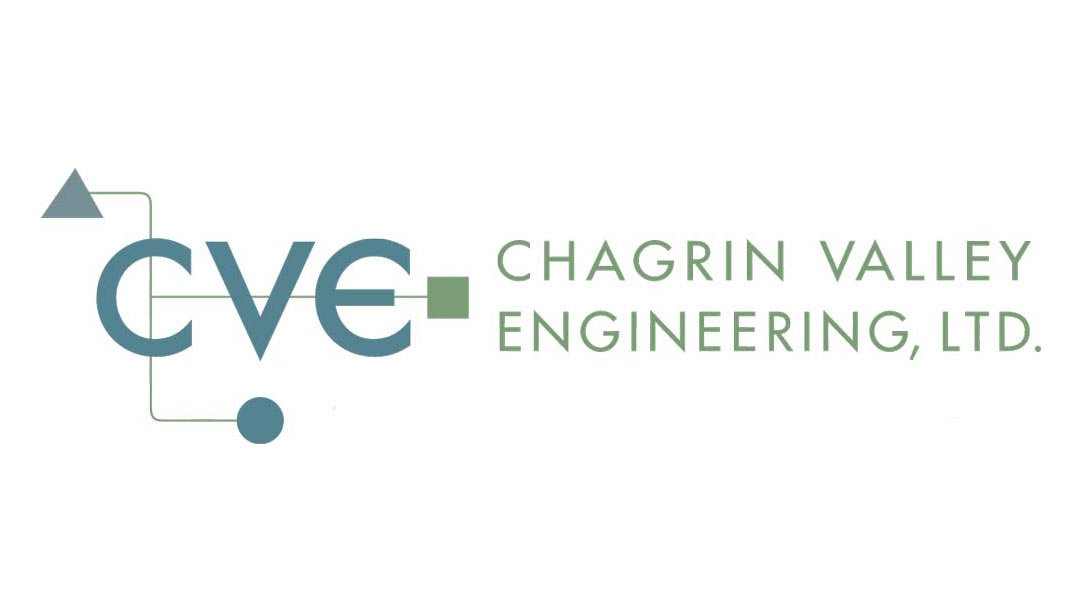Northwest Quadrant and Kersdale Pump Station Improvement Project
Approximately 300 homes in an older section of Pepper Pike was being serviced by existing septic systems. Many of these systems were failing and required substantial upgrades or replacements.
The City surveyed residents to determine interest in a sanitary sewer option to eliminate septic systems. The residents agreed to having this work completed based on preliminary estimates of cost, and final design commenced.
Kersdale Pump Station, street view.
Due to topographical constraints, a pump station was needed to collect all of the flow in a particular service area and lift the flow to a gravity system for treatment. The location of the pump station needed to be on a residential street, and the design needed to be sensitive to the residents on that street.
This project included the installation of a 20' x 10' underground duplex pump station with a simplex autostart standby engine, an 8’ diameter wet well, all ductile iron piping and fittings, telemetry, antenna, valves, transducer, railing, hatches, ladders, metering equipment, ventilation equipment, temporary bypass, gas service, valve vault, electrical work, and weather head.
Two suction lift Gorman-Rupp pumps were installed rated each at 230 GPM at 53 feet of head. A flow meter and telemetry system allow for constant monitoring by the CCSE, and a stand-by engine is located within the pump vault to run the pump station in the event of a power outage.
The gravity sewer portion of the project required extensive coordination with the residents to determine the path of least disruption while maintaining the budget.
View of equipment screened from street and neighbors.
Frequent updates were provided to the residents to let them know what to expect, how access and traffic would be handled, how and when restoration would occur, and the process for making the conversion over to the sanitary sewer from the septic system once the sewers were installed.
The sewer line and force main locations on Kersdale Road required work along edge of the existing pavement, and had to cross the pavement in two locations due to utility conflicts.
The exiting roadway was in fair to poor condition, and had been slated for resurfacing prior to the sewer project. This work was postponed until all sewer work and residential connections were completed.
By properly informing the residents of the sequence of work, and the rationale of waiting until the entire sewer project was complete and the backfill materials were properly compacted, the road conditions were more easily tolerated during construction.
The final pavement rehabilitation utilized an in-place pavement recycling, which allowed us to re-profile and blend the pavement repairs over the trenches with the existing pavement, followed by an asphalt overlay.
The finished product shows no signs of cracking or settlement over the trench areas, and the area has been greatly enhanced by the final product.
The project began in August 2007 and was completed in June 2009.
